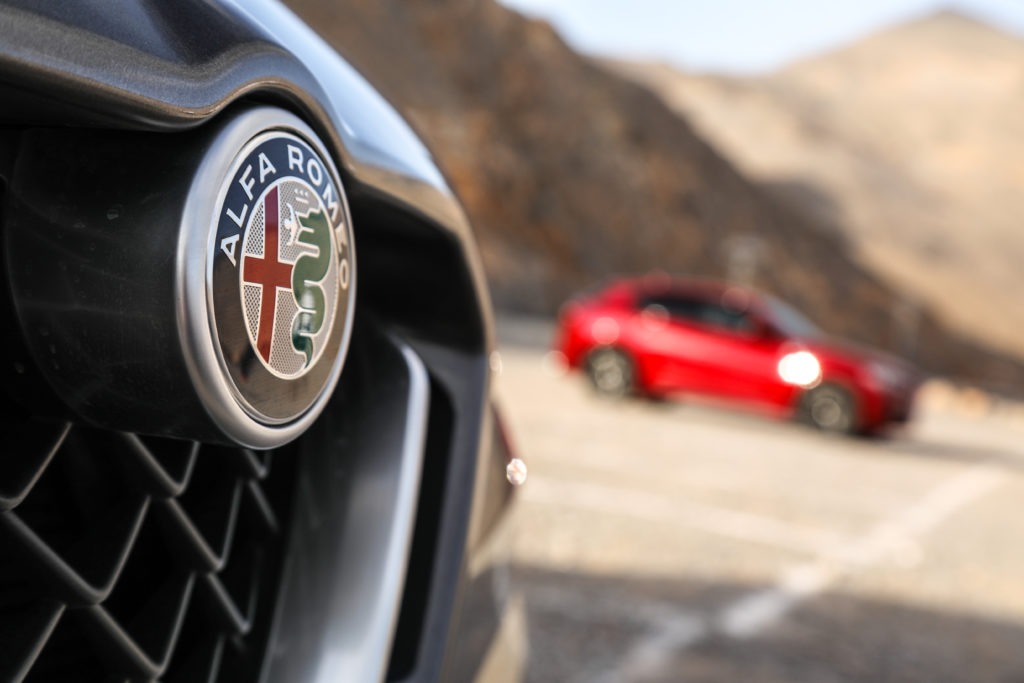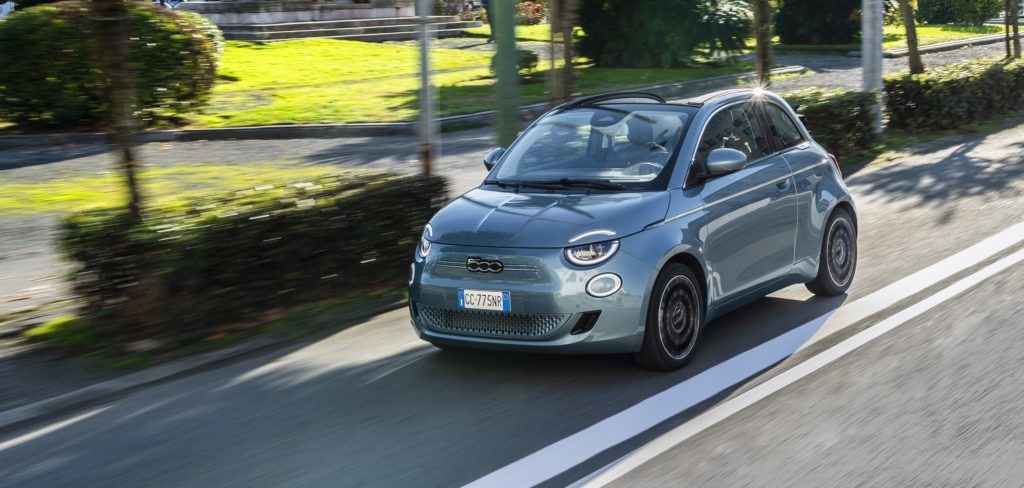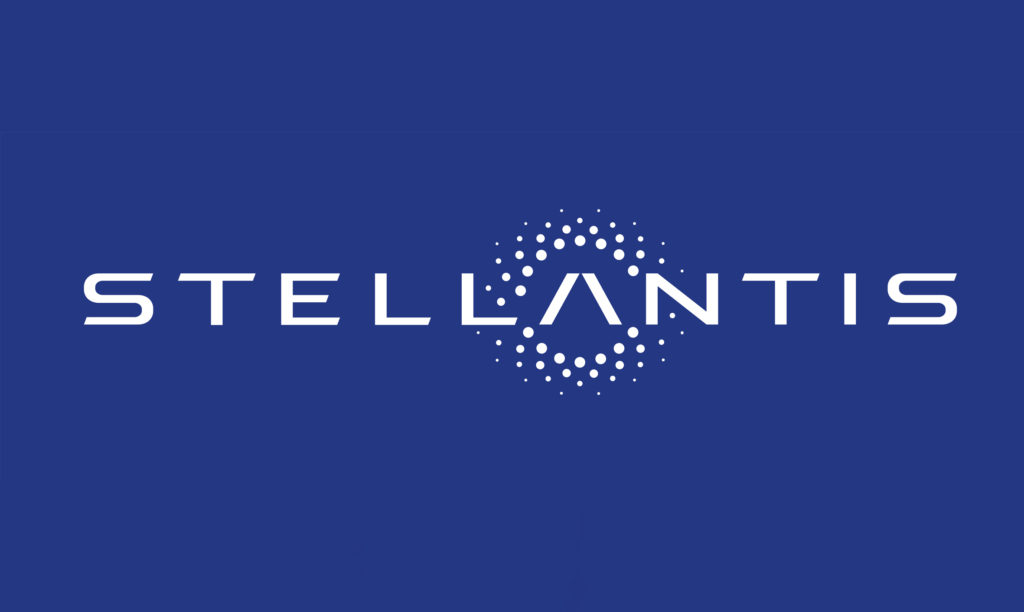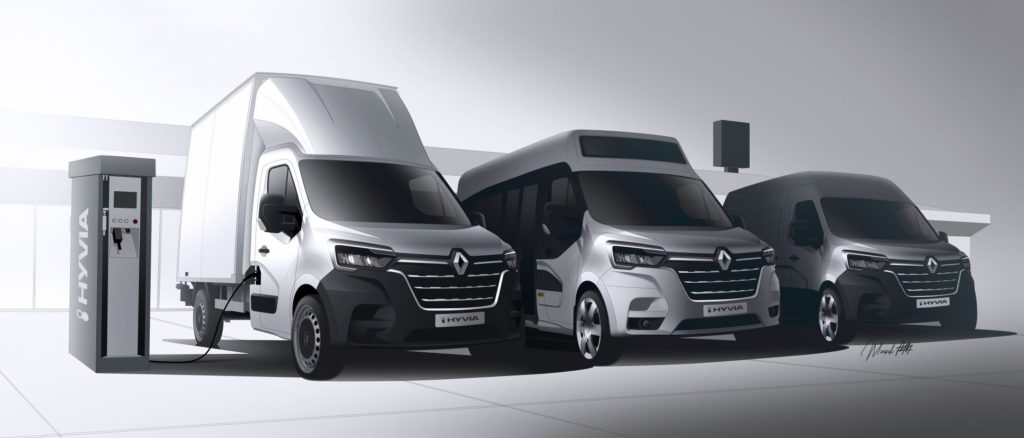Two more Stellantis brands to sell only battery-electric vehicles
09 August 2021

Stellantis has expanded its electrification efforts with two more brands joining the ranks of selling just battery-electric vehicles (BEVs).
Both the DS Automobiles and Alfa Romeo brands will concentrate on BEVs in the coming years, the carmaker group announced in its 2021 first-half profit presentation. DS will launch only BEV models from 2024, while Alfa Romeo will become BEV-only by 2027.
The Lancia brand, available in Italy, will also focus its future on BEVs, with all models launched electrified from 2024 and BEV-only launches from 2026.
Over the next two years, the group will launch 20 electrified nameplates across its brands, 10 of which will be BEV-only, while one will feature both BEV and plug-in hybrid (PHEV) options, and nine will be PHEV. However, none of these launches will be from the Fiat or Abarth ranges.
BEV-only
Stellantis has already confirmed it will invest more than €30 billion into electrification and software by 2025. The carmaker wants 70% of its European sales to consist of low-emission vehicles by 2030, made up of BEV and PHEV models.
The company has created four flexible BEV platforms, three scalable electric-drive modules, and standardised battery packs to meet these targets. To utilise these designs, Stellantis has committed to a global battery-sourcing strategy of over 260GWh by 2030, supported by five gigafactories across Europe and the US.
Peugeot is aiming for 85% of its models to be electrified in Europe by 2023, moving up to 100% by 2025. Opel/Vauxhall will offer just BEVs in Europe from 2028, while Jeep aims to have a zero-emission vehicle in every SUV segment by 2025. Fiat will also be 100% electric by 2030, phasing out internal-combustion engine (ICE) models from 2025.
The decision to position DS Automobiles and Alfa Romeo as BEV only will help Stellantis increase its market share towards their target. Using these two brands to drive up electrification also makes sense, as both are small-volume manufacturers within the wider group. Alfa Romeo sold a total of 50,830 units in 2019, the last full year of non-COVID-19 affected sales. DS Automobiles sold 49,155 units.
As many of the DS models share a platform with Peugeot and Citroën vehicles, the move allows Stellantis to see how the market will react to BEV models before switching its two largest brands BEV-only. Alfa Romeo is another premium brand within the group, offering a mix of practical and sports models, meaning the two marques will likely not compete for the same customer.
Hydrogen competitive move
Additionally, the carmaker has confirmed it will compete with the Renault Hyvia hydrogen fuel-cell commercial vehicle business, with a medium-sized van available to market by the end of 2021.
Hydrogen fuel cells are likely to be the next big technological push for the automotive market. A number of carmakers are already marketing or developing new models based around the fuel, which provides the sustainability of a battery-powered vehicle with the refuelling convenience of a petrol model. Therefore, fuel cells are ideally suited to the logistics market.
Stellantis has designed a tailor-made mid-power, fuel-cell system architecture. This offers a range of 400km and a refuelling time of just three minutes. All fuel-cell components are located outside of the cargo area to help preserve payload capacity and allow vans to be used efficiently.
‘As we look further into the future, hydrogen fuel cells show great promise, especially for light-commercial vehicles (LCVs), as the next level of zero-emission propulsion technology,’ said Harald J. Wester, head of engineering at Stellantis, earlier this year. ‘The technology will fulfil customer range expectations combined with towing and payload capacity.’



